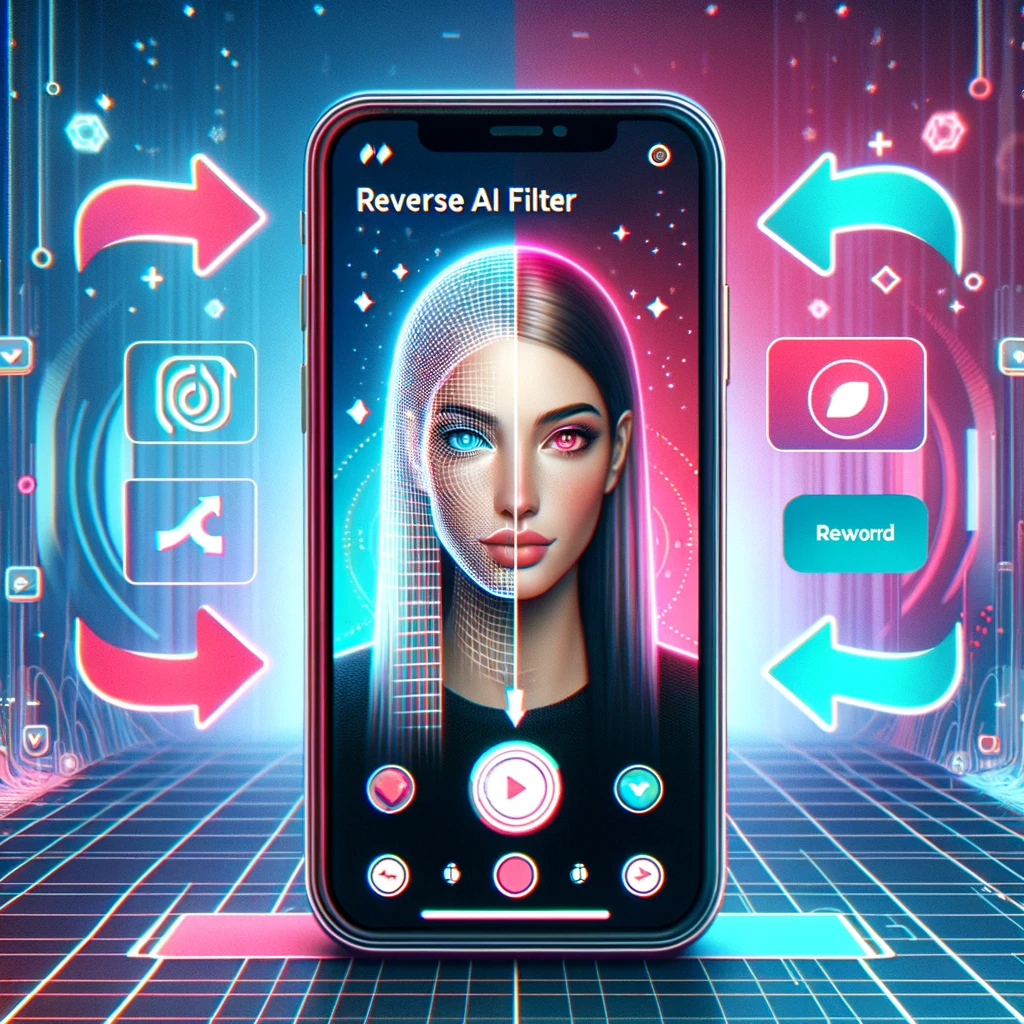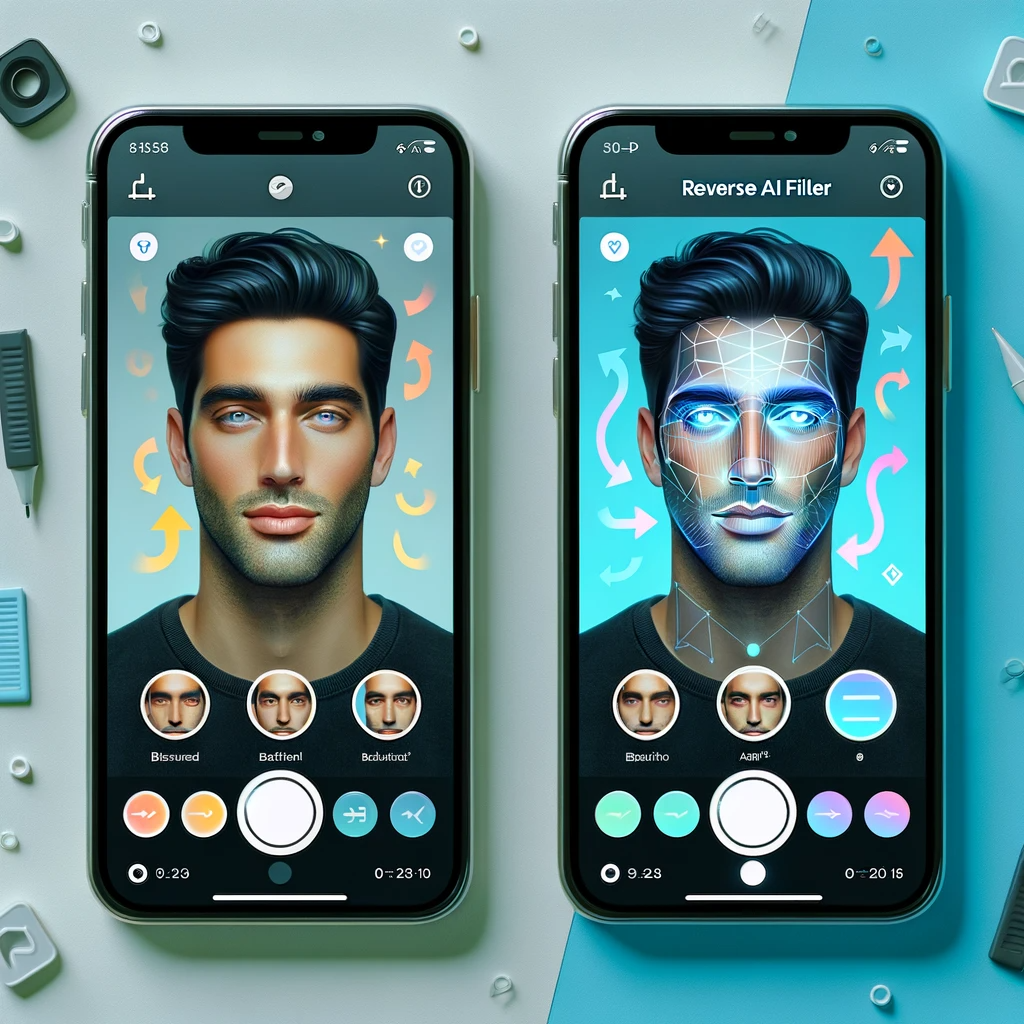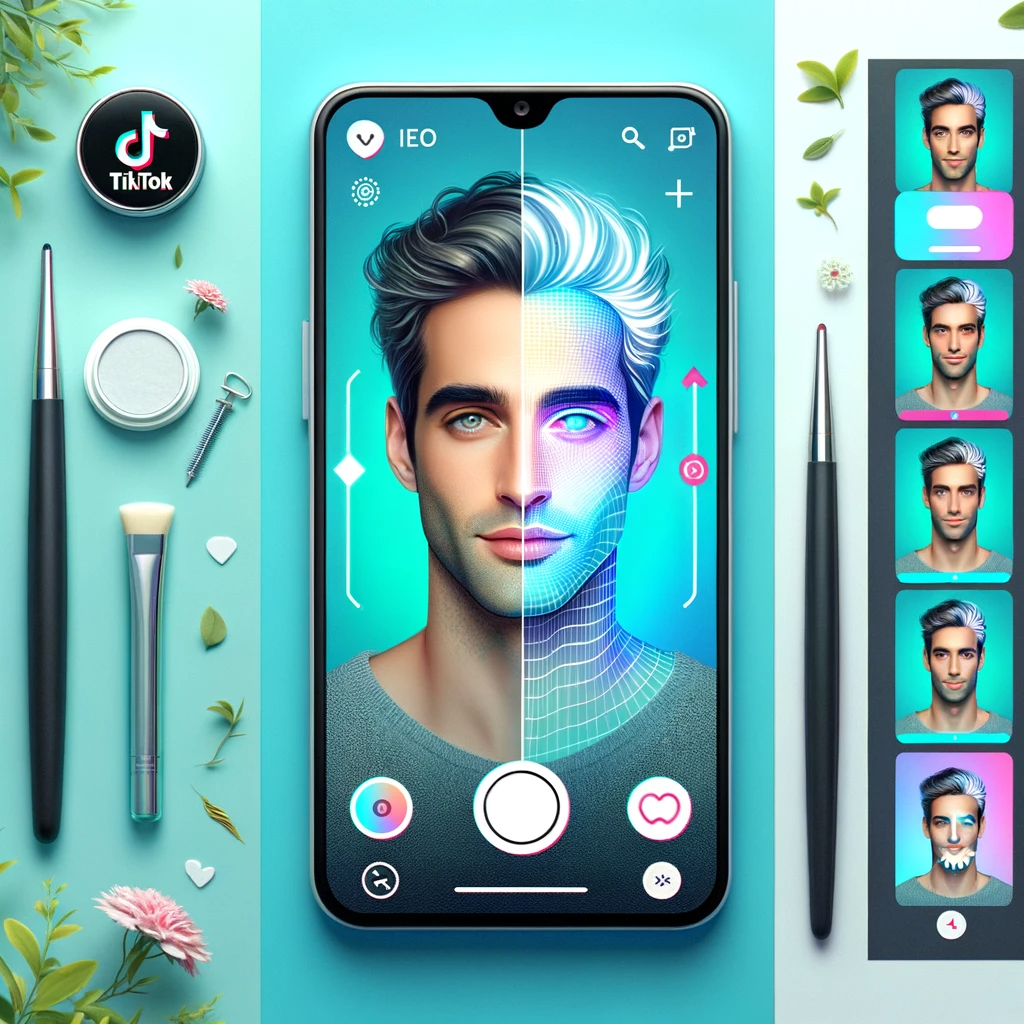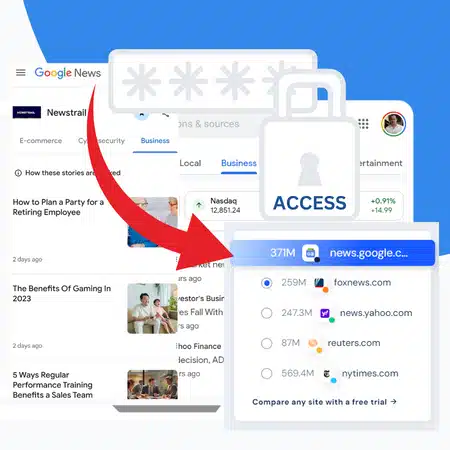As the wheel of social media spins, it lands on yet another quirky trend that captures the imagination and curiosity of millions. This time, it’s the “Reverse AI Filter” on TikTok, a burgeoning trend that has people reverse-engineering the seamless perfection of AI filters to reveal what lies beneath. What started as a casual fascination has quickly become a widespread phenomenon, inviting TikTokers to peel back the layers of artificial intelligence and expose a more raw and authentic version of themselves.
Suggested Reading:
The Genesis of the Reverse AI Filter Trend
To understand the Reverse AI Filter trend, we first have to look at the landscape of social media aesthetics. For years, platforms like Instagram and Snapchat have popularized filters that beautify, enhance, and sometimes completely alter the reality of a user’s appearance. TikTok, never far behind, has also integrated such AI-driven filters, boasting sophisticated algorithms that can tweak everything from your skin tone to your facial structure.
But as the online world grows weary of constant perfection and unattainable beauty standards, a counterculture emerges. Enter the Reverse AI Filter trend, a movement that started gaining traction when a few TikTok users decided to go against the grain. They began using a specific filter that, instead of adding to their features, seemingly stripped away the AI enhancements, revealing the unfiltered reality.
The Cultural Impact
This trend isn’t just a fad; it’s a statement. It’s a digital rebellion against the pressures of perfection that AI filters represent. In a way, the Reverse AI Filter acts as a metaphor for authenticity in an age where digital manipulation is the norm. Users are taking back control, choosing to showcase their true selves rather than a polished version deemed ‘socially acceptable’ by algorithmic standards.
How the Reverse AI Filter Works
The Reverse AI Filter operates by applying an effect that appears to neutralize the enhancements made by other filters. It’s a bit like watching a video in reverse: the augmented reality (AR) additions made to one’s digital persona are stripped away, often in a dramatic reveal that underscores the transformative power of these AI tools.
Here’s a step-by-step guide on how users are engaging with this trend:
- Start with an AI-Enhanced Filter: Users first apply a standard AI filter that beautifies or alters their appearance. This could be anything from a ‘perfect skin’ filter to one that changes the shape of their face or eyes.
- Switch to the Reverse AI Filter: After the initial AI filter is applied, users switch to the Reverse AI Filter while recording. This transition effect removes the enhancements in real-time, sometimes leading to exaggerated ‘underneath’ features as a humorous exaggeration.
- Reaction and Share: The key moment is the user’s reaction to their unfiltered appearance, often accompanied by messages of self-love or humor. Finally, they share this with their followers, contributing to the trend’s virality.
The Technology Behind It
The Reverse AI Filter may seem simple, but the technology behind it is anything but. At its core, this trend is a showcase of advanced machine learning and facial recognition technologies. TikTok’s algorithms are capable of detecting facial features with incredible precision, mapping out the contours of one’s face and applying digital makeup or morphing effects in real-time.
When the Reverse AI Filter is applied, it uses the same technology in reverse. Instead of adding to the image, it subtracts, based on the data points of one’s enhanced features. It’s a complex interplay of addition and subtraction, all happening seamlessly as the user records their video.
The Future of AI Filters
The Reverse AI Filter trend raises questions about the future of AI filters and their role in our digital lives. Will there be a push for more authenticity in social media, or will the pendulum swing back to even more advanced forms of digital enhancement? This trend could signify the beginning of a more nuanced conversation about how we present ourselves online and the role that technology should play in that presentation.
As AI continues to evolve, we might see a new generation of filters that can adapt to the user’s preference for authenticity or enhancement. Perhaps future filters will even blur the line between the two, offering a spectrum of options that cater to all desires.
Final Scoop
The Reverse AI Filter trend on TikTok is more than just a passing curiosity; it’s a cultural moment. It represents a shift in the zeitgeist towards authenticity and an acknowledgment of the power of AI in shaping our digital identities. Whether it’s a short-lived craze or a harbinger of a broader movement towards digital authenticity, one thing is certain: TikTok has once again proven to be a fertile ground for innovative expressions that can have implications far beyond the platform itself. As this trend unfolds, it will be fascinating to see how the conversation around AI, beauty standards, and authenticity continues to evolve in the fast-paced world of social media.










